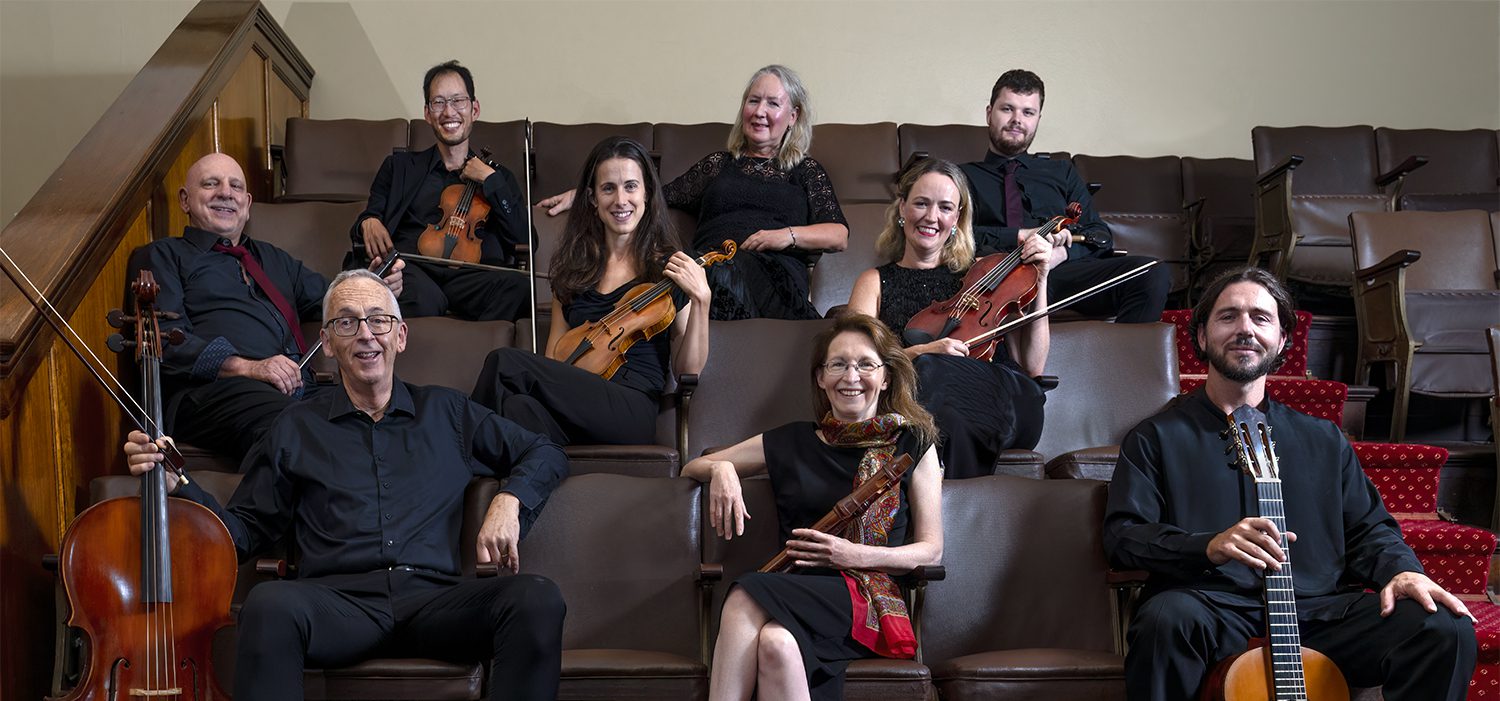This concert was a great opportunity to showcase the cosmopolitan side of early Baroque music.
It is a theme that has become increasingly popular, with ‘the Ottoman Baroque’ and musical dialogues between Vivaldi and Eastern music featuring on the concert programs of baroque ensembles in Sydney.
The concert began with a lively rendition of the Presto from one of Vivaldi’s concerti aptly named ‘Concerto alla Rustica’. Despite some initial slips with timing, attributable to this being the first piece on the program, the ensemble concluded with a crisp and dramatically abrupt ending.
Next was De Blainville’s Suite Turque. As the name suggests, this piece was heavily influenced not only by the rhythm of much Turkish music, but by its musical modes. This could be seen in the wavering motif, performed entrancingly by Sally Melhuish on recorder, which ebbed and flowed between successive notes. That motif formed the basis of successive movements in this Suite. Slips in timing were sometimes evident, given shifting meters and the fact that percussive emphases sometimes had to be made on offbeats. But this was nowhere to be seen in the heartrending Scottish lament that followed, performed with great elan.
Of particular interest was the work of Jan Josef Ignac Brentner, which exemplified the close links between West and East that are evident in Bohemian Baroque music. This is particularly so in the more lively passages of the various dances that make up the Partita in F major. John Ma was spectacular on the viola d’amore. The Trio in the Concertus in F major featured a delightful dialogue between John Ma and Ella Bennetts on baroque violin and Heather Lloyd on viola.
With Cantemir’s Moldavian Dances we return to the Ottoman sound-world. The tune to the dance, Syrba, was introduced on recorder, with the ensemble then performing variations in sequence. This pattern reminds one of Jacob van Eyck’s influence as a recorder virtuoso who performed popular folk tunes. In the Ostropesul we see colourful, and toe-tapping, changes in time signatures.
In Schmelzer’s Polnische Sackpeiffen we see the lively influence of the playful folk scene. That much is clear in his variations on the folk tune La bella pastora. The folkish aspect is laid bare once the ensemble here breaks out unanimously into a rendition of the Romanesca. The influence of Biber is also apparent, as notes played in deliberate discord give a humorous tongue-in-cheek effect.
The timing of this concert was auspicious, given it was Boccherini’s 280th birthday. This was announced, quite fittingly, by cellist Tim Blomfield. And would a musical exploration of ‘cultural journeys’ in the Baroque be complete without Boccherini’s Fandango? The gradual crescendos in this piece were thrilling, as was John Ma’s performance on Baroque violin, which had vibrato interspersed tastefully to give a shining song-like effect.
The Romani folk song, Fa nye mama, was a delightful way to end. With the cello on pizzicato, and Grant Sambells on guitar accompanied by Monika Kornel on harpsichord playing a wavering ground, the ensemble tossed the audience into a whirling frenzy of gypsy music at a lively tempo.
